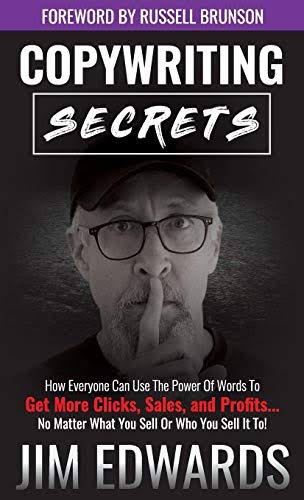
The back of a book is often overlooked, but it’s a powerful tool for capturing readers’ attention. This crucial space acts as a gateway to your story, offering a tantalizing glimpse into the world you’ve created. A well-crafted back cover blurb can make all the difference between a reader passing by or diving headfirst into your narrative.
This article will delve into the art of back cover copywriting, exploring the secrets to crafting compelling blurbs that entice readers and leave them eager to turn the first page. We’ll examine the elements that make a successful back of a book blurb, from highlighting key plot points to introducing intriguing characters and teasing captivating themes.
Back Cover Copywriting
Back cover copywriting is more than just summarizing your story; it’s about creating a compelling narrative that hooks readers from the first sentence. Think of it as a mini-advertisement for your book, designed to pique their curiosity and leave them wanting more.
A successful back cover blurb should be concise yet informative, capturing the essence of your story without giving away too much. It should also be engaging and evocative, using vivid language and sensory details to transport readers into your world. Remember, you only have a limited amount of space to make an impression, so every word counts.
Enticing Readers

The goal of back cover copywriting is to entice readers and convince them that your book is worth their time and money. To achieve this, consider the following:
- Target Audience: Who are you writing for? Tailor your language and tone to appeal to your specific audience.
- Hook: Start with a captivating opening line that grabs the reader’s attention and makes them want to keep reading.
- Conflict and Tension: Highlight the central conflict of your story and create a sense of tension that keeps readers on the edge of their seats.
- Emotional Connection: Evoke emotions in your readers by showcasing relatable characters and exploring universal themes.
Book Cover Secrets
The back cover is not an island; it works in tandem with the book cover to create a cohesive and enticing package.
Consider these factors when crafting your back cover copy:
- Visual Harmony: Ensure that the language on the back cover complements the imagery and design of the book cover.
- Color Palette: Use colors that evoke the mood and tone of your story.
- Typography: Choose fonts that are legible and enhance the overall aesthetic appeal.
Plot and Characters

A compelling back cover blurb should provide readers with a glimpse into the plot without revealing too many spoilers.
Focus on:
- Key Events: Highlight pivotal moments in the story that will pique readers’ interest.
- Character Introductions: Introduce your main characters and hint at their motivations and conflicts.
- Worldbuilding: Give readers a taste of the setting and atmosphere of your story.
Themes and Narrative
Beyond plot and characters, explore the underlying themes of your narrative.
Consider:
- Universal Truths: What messages or ideas does your story convey about love, loss, hope, or redemption?
- Character Arcs: How do your characters evolve and grow throughout the story?
- Narrative Style: Is your story a fast-paced thriller, a heartwarming romance, or a thought-provoking exploration of human nature?
Conclusion
The back cover of a book is a powerful tool for enticing readers and sparking their imagination. By mastering the art of back cover copywriting, you can create blurbs that capture attention, build anticipation, and ultimately lead to more readers discovering your story. Remember to focus on crafting a compelling narrative, highlighting key plot points and characters, exploring universal themes, and leaving readers with a burning desire to turn the first page.
